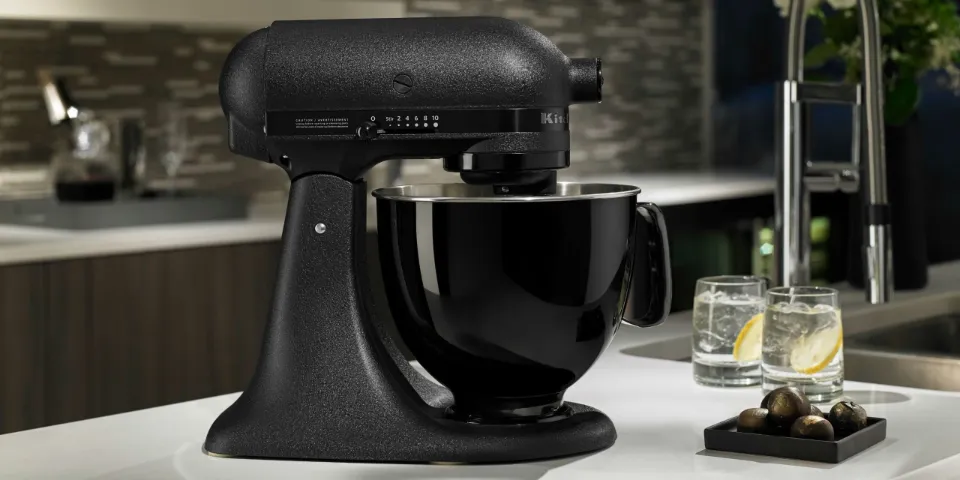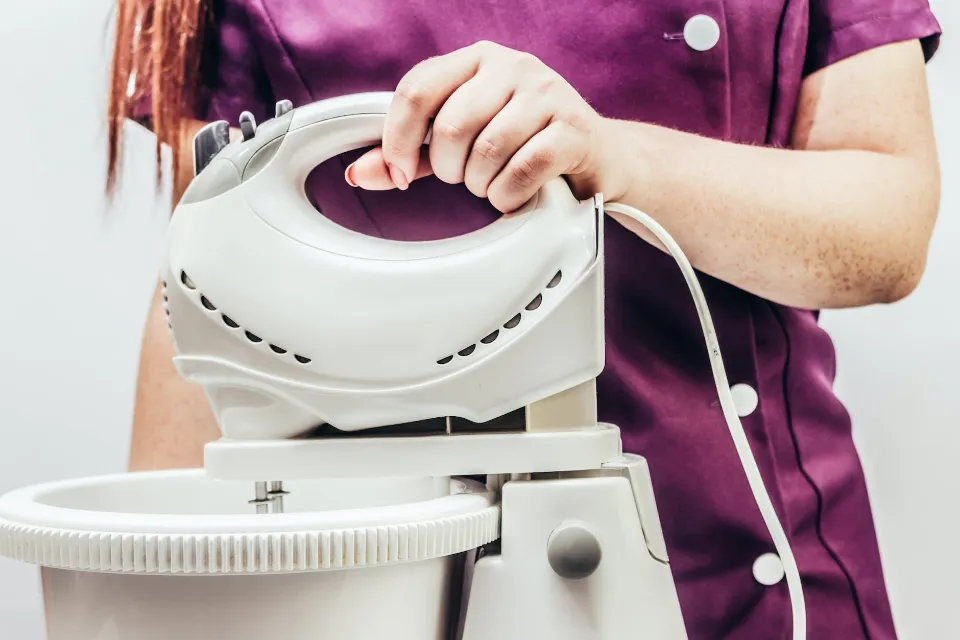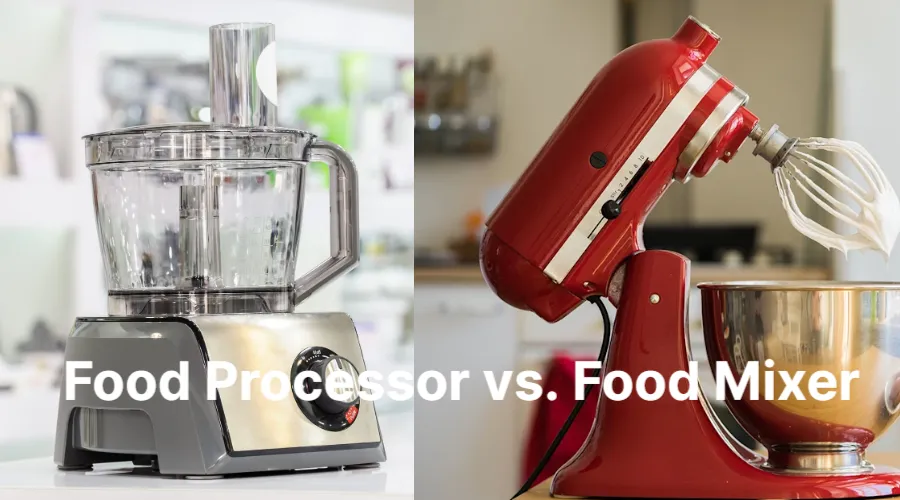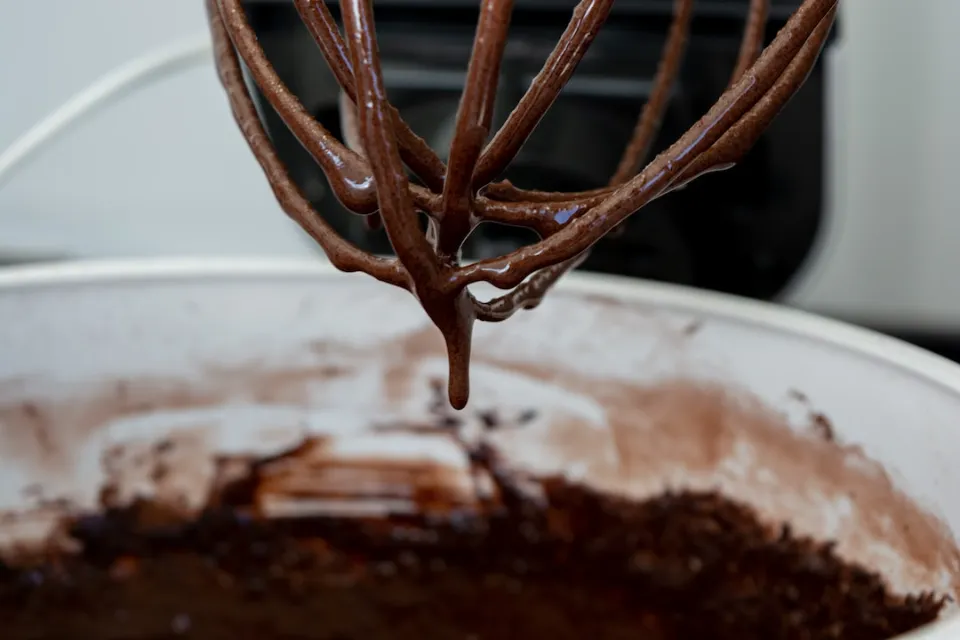It’s simple to put together a delicious meal with the help of a food processor, which is a useful kitchen tool. This informative food processor guide will teach you how to use a food processor and will also give you tips on how to choose one. There are also delicious food processor recipes included!
Wow, food processors are so helpful.
You can use them for just about anything and they chop, blend, and purée like a charm!
My food processor is always in use. It’s fantastic for pancakes, plain Greek yogurt, oats, and almond milk, as well as pineapple sorbet (bringing the tropics home is amazing!) and speeds up the process of any task in the kitchen.
I mean, give it some thought. Food processors can chop, shred(such as Cheese, Chicken, Cabbage), slice, blend, purée, and more! It’s a pretty exciting kitchen tool because it helps you perfect all of your favorite dishes, sauces, and dips. And that’s just the beginning.
In light of this, let’s explore the kitchen application of a food processor. You’ll use yours more often once you realize all that this useful kitchen tool can do—or go out and buy one!

What Size Food Processor Do I Need?
The size of my food processor is 11 cups. It’s perfect for everything I make in the kitchen, and you know that is a lot! The dough bowl holds 4 cups of flour, and the work bowl holds 7 cups. It also has slicing and shredding discs that can handle any task I throw at it.
A 10-cup capacity should be adequate for cooking for a family of four. If you often have company or cook big family dinners, you could go for the 14-cup capacity.
To get the hang of it and determine whether you’ll use a food processor, it’s totally fine to start with a mini chopper. But once you get used to the machine’s speed, I almost guarantee that you’ll hand off that mini-chopper to someone else just starting out in the world of dicing and slicing, and move right on up to a full-fledged food processor.

What to Look for When Buying a Food Processor
A beautiful thing to learn is how to use a food processor. After all, this one piece of kitchen technology makes your life so much easier! Saving time in the kitchen is always a bonus.
Decide on the size of the work bowl you think you’ll need. My processor bowl is 11 cups, as I previously mentioned.
For the highest level of quality, make sure the blades are made of stainless steel.
Examine how the processor is configured. Check to see what blades and discs are included, and whether more are available to order if you find you have other jobs for your processor to do!
For chopping and dicing large vegetables, a wide chute is best. Some will have broad tubes with a potential interior narrower pusher for smaller items.
Verify the wattage and power. My machine has a wattage of 625. A function like mixing dough takes more power; chopping and slicing don’t require quite as much.
Check to see if the components can go in the dishwasher. But, when putting the parts in the dishwasher, don’t place them too near the heating element. The top rack is the most secure location.
The base and body can be subjected to a great deal of stress and vibration. To avoid the device moving across the counter as it operates, pick a model with a sturdy body and base.
Check the warranty’s terms and conditions, the motor’s coverage, and how simple it is to replace a part if necessary.
You’ll only need to invest in a high-quality processor once if you buy one like this one.

4 Mistakes to Avoid When Learning How to Use a Food Processor
1. Using the food processor instead of the blender: When I have tasks that include liquids and sauces, I typically turn to the blender. The recipe has a lower chance of exceeding the fill line and spilling because the blender is taller.
2. Adding items that aren’t cut up enough: A lifesaver and a magician, the food processor is. For an even consistency, it’s still crucial to cut your vegetables into portions of a consistent size. Adding too many large ingredients will also overwork the processor.
3. Letting the motor overheat: Many recipes require a lot of work of the processor—and that’s okay. But give your handy appliance a break now and then to let it cool down if needed.
4. Forgetting the pulse option: It’s important to know that when you want things chopped, the pulse button is key. Your contents will purée if you continue to depress the button.

Food Processor Safety Tips
Just like any other appliance (like the instant pot, for example) there are safety measure to follow:
When the blades are spinning, stay away from them with your hands, spatulas, and other objects. Unless the machine is unplugged and turned off, avoid putting your hands inside it.
Secure the work bowl before placing the blades and turning on the food processor.
Use the food pusher to add ingredients to the bowl, never your hands. When the machine is plugged in, avoid sticking your fingers inside the feed tube or the work bowl.
Before removing food, disassembling, or cleaning your food processor, make sure it is off.
When you have finished using the food processor, remove the work bowl from the base of the processor before removing the discs or blades.
Check more food processor safety tips or kitchen appliances on Home Services Offers!